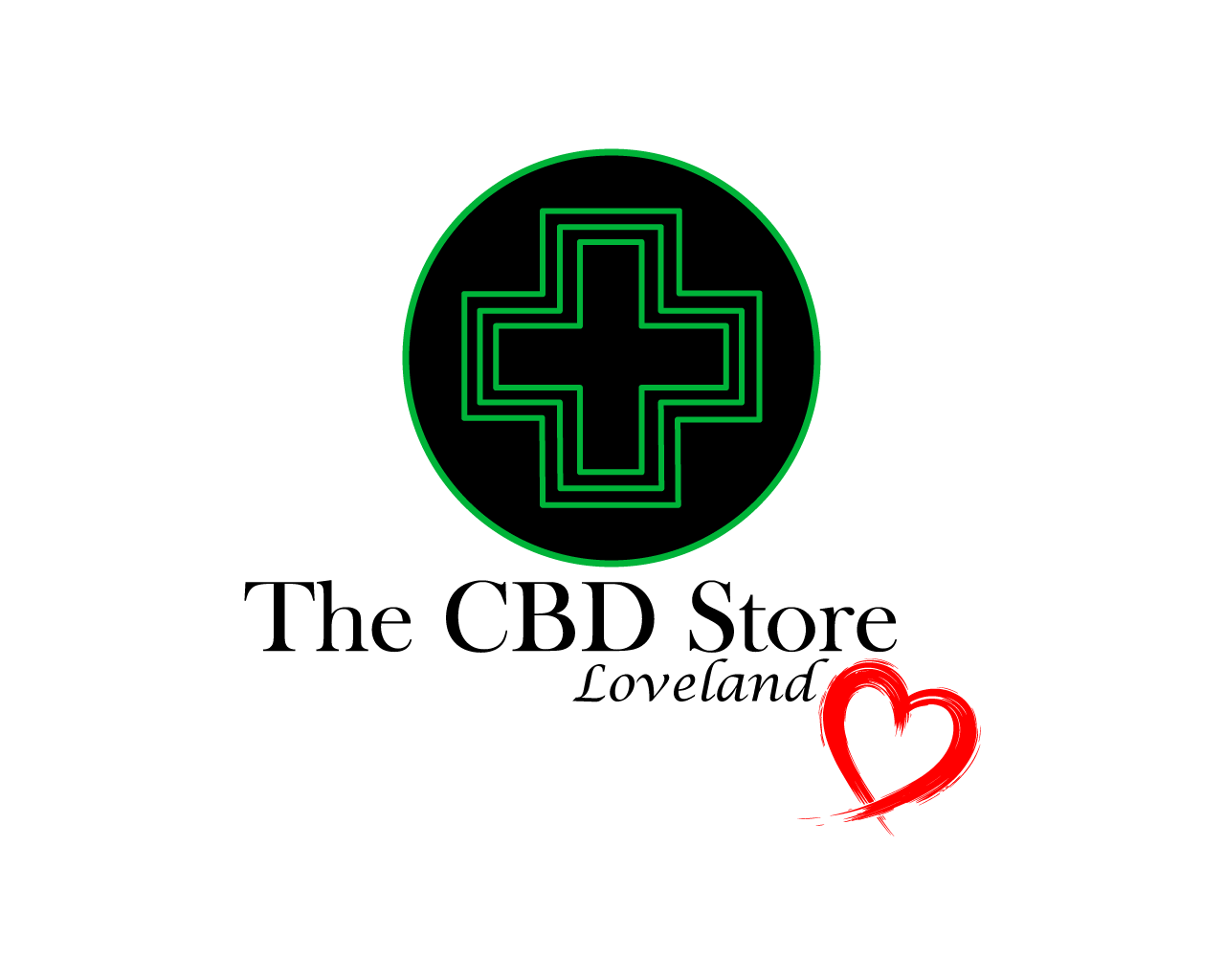Producing quality CBD oil is an expensive process. Carbon dioxide (CO2) extraction, one of the best processes, utilizes elaborate equipment and requires a high level of expertise as opposed to the cheaper and easier chemical extraction processes that can leave residue from toxic solvents in the CBD oil.
There are several methods for extracting oil from plants. Different extraction methods are suitable for different goals. Unfortunately, there are no regulations controlling CBD manufacturing processes. Some companies, especially those selling their products considerably below market value, are probably skimping on the methods they use to extract CBD oil, using dangerous toxic solvents such as propane, hexane, pentane, and butane. Other companies use organic, pharmaceutical-grade ethanol to filter out toxins and residues from the hemp plant. Among the different refinement processes, carbon dioxide (CO2) extraction yields the most cannabinoids, plus it is the safest. However, CO2 extraction requires expensive equipment and greater expertise in the refinement process.
With increasing regularity, cannabis concentrate manufacturers are choosing CO2 extraction methods because they are non-toxic and environmentally friendly. CO2 extraction is a process that uses pressurized carbon dioxide to pull specific desired phytochemicals from a plant. At certain temperatures and pressures, CO2 behaves like a solvent without the dangers of actually being one. The most common CO2 extraction method has been “Supercritical,” where the extraction solvent behaves like both a liquid and a gas. Supercritical is a high pressure, high temperature process that damages terpenes and other heat-sensitive chemicals, but can extract large molecules such as lipids, chlorophyll, and waxes. Solvent power can be modified by adjusting the temperature and/or pressure.
Recently, “Subcritical” CO2 extraction is gaining popularity. With this method, pressure is maintained while the temperature is taken below the supercritical threshold, causing it to become a non-supercritical liquid. Though the solvent maintains some hydrophobic extraction properties, the lower temperatures protect fragile compounds from breaking down. Subcritical CO2 extractions take more time and produce smaller yields, but they also preserve essential oils, terpenes, and other sensitive chemicals. Truly full-spectrum CBD oil extracts include first performing a subcritical extraction, separating the extracted oil, then extracting the same plant material again, this time using supercritical pressure, and finally homogenizing both oil extracts into one. Before purchasing any CBD oil, learn the company’s production method. This information should be available on the company’s website, or can be obtained by asking a customer service representative.
One of the best ways to ensure quality for any product is to use high-quality materials. This is especially important with CBD oil because hemp plants are characterized as “hyperaccumulators,” meaning they easily absorb everything in the ground where they were farmed. If a hemp plant was grown on rich soil, it should produce high quality CBD oil. But if the hemp plant was grown in soil laden in heavy metals, the resulting oils will contain those heavy metals. Obviously, such pollutants make certain CBD oil dangerous, especially for children and others with heightened sensitivity to toxins. Before purchasing CBD products, find out where the brand sources their hemp. Try to find hemp grown in the U.S. because American hemp farmers are required to obtain certification by state departments of agriculture.
Hemp is used over marijuana for producing CBD oil because hemp has inherently low levels of THC. No matter how small the percentage of THC is in hemp plants, though, the CBD oil may still have a high concentration if it was processed poorly. Despite the original amount of THC in hemp being very low, it may cause psychoactive effects when processed incorrectly. High quality CBD oil will always provide third-party lab results to ensure that the CBD oil is exactly what it claims to be, with a high level of CBD, a very low level of THC, and no harmful toxic impurities. Some CBD oil manufacturers post such lab results on their web pages and others provide them on the packaging.

